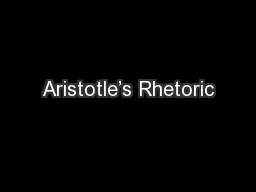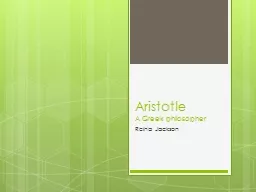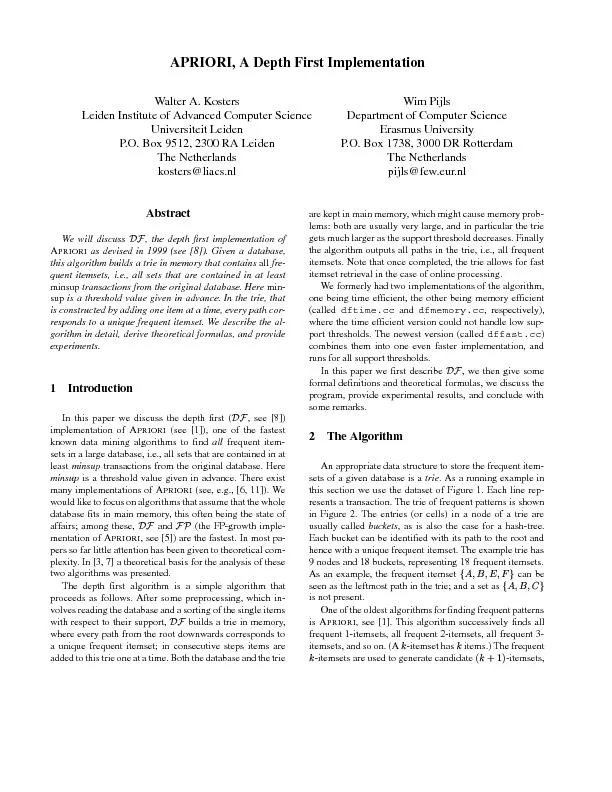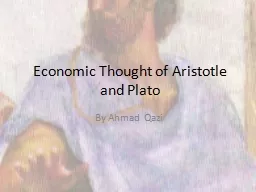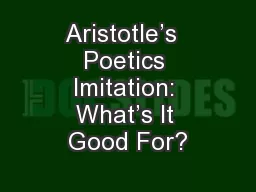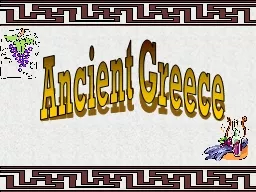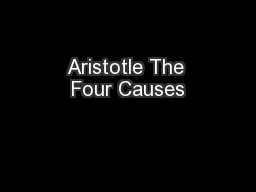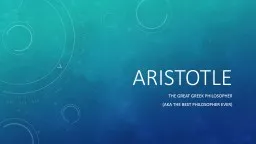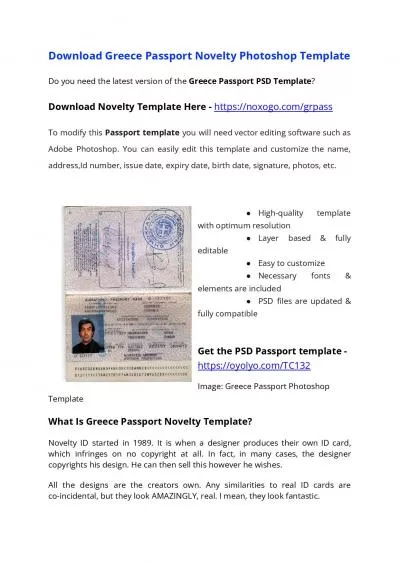PPT-Aristotle lived in Greece more than three hundred years bef
Author : ellena-manuel | Published Date : 2017-05-10
In those days most people believed that many gods ruled the universe Aristotles Conclusion Time and Space Aristotle lived in Greece more than three hundred
Presentation Embed Code
Download Presentation
Download Presentation The PPT/PDF document "Aristotle lived in Greece more than thre..." is the property of its rightful owner. Permission is granted to download and print the materials on this website for personal, non-commercial use only, and to display it on your personal computer provided you do not modify the materials and that you retain all copyright notices contained in the materials. By downloading content from our website, you accept the terms of this agreement.
Aristotle lived in Greece more than three hundred years bef: Transcript
Download Rules Of Document
"Aristotle lived in Greece more than three hundred years bef"The content belongs to its owner. You may download and print it for personal use, without modification, and keep all copyright notices. By downloading, you agree to these terms.
Related Documents


